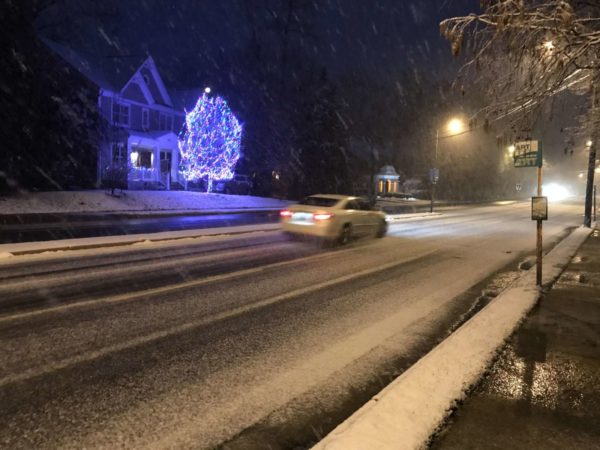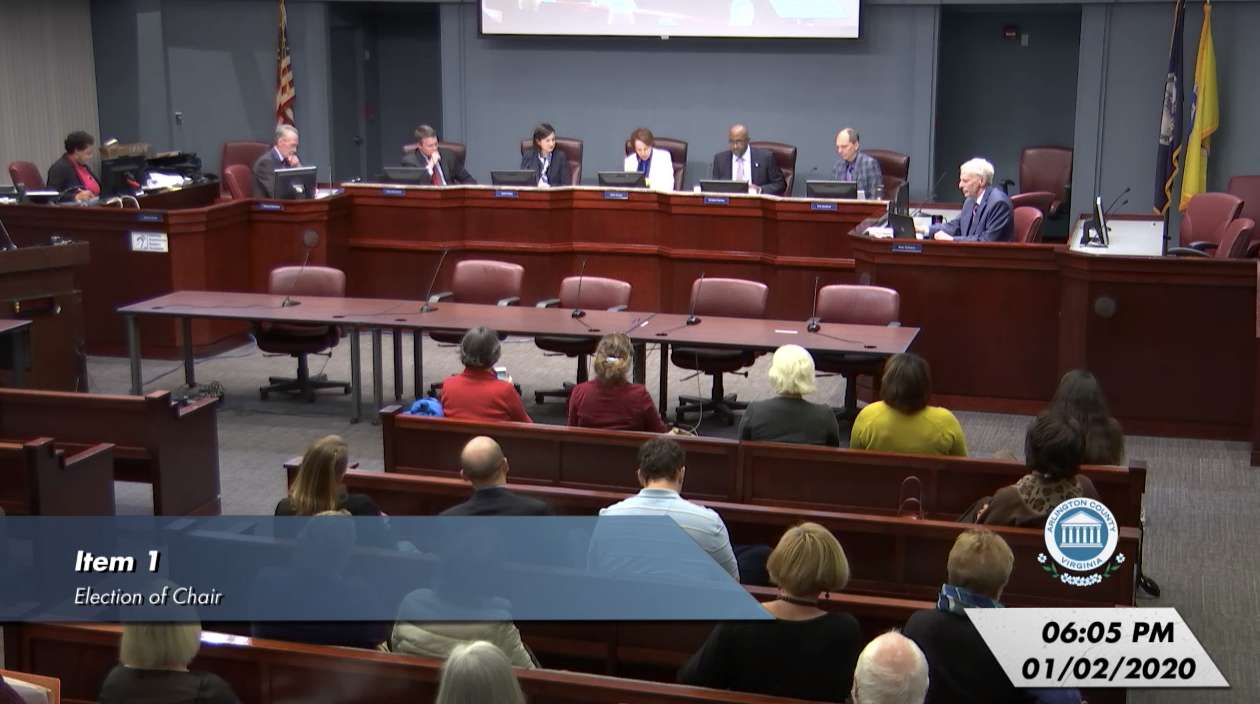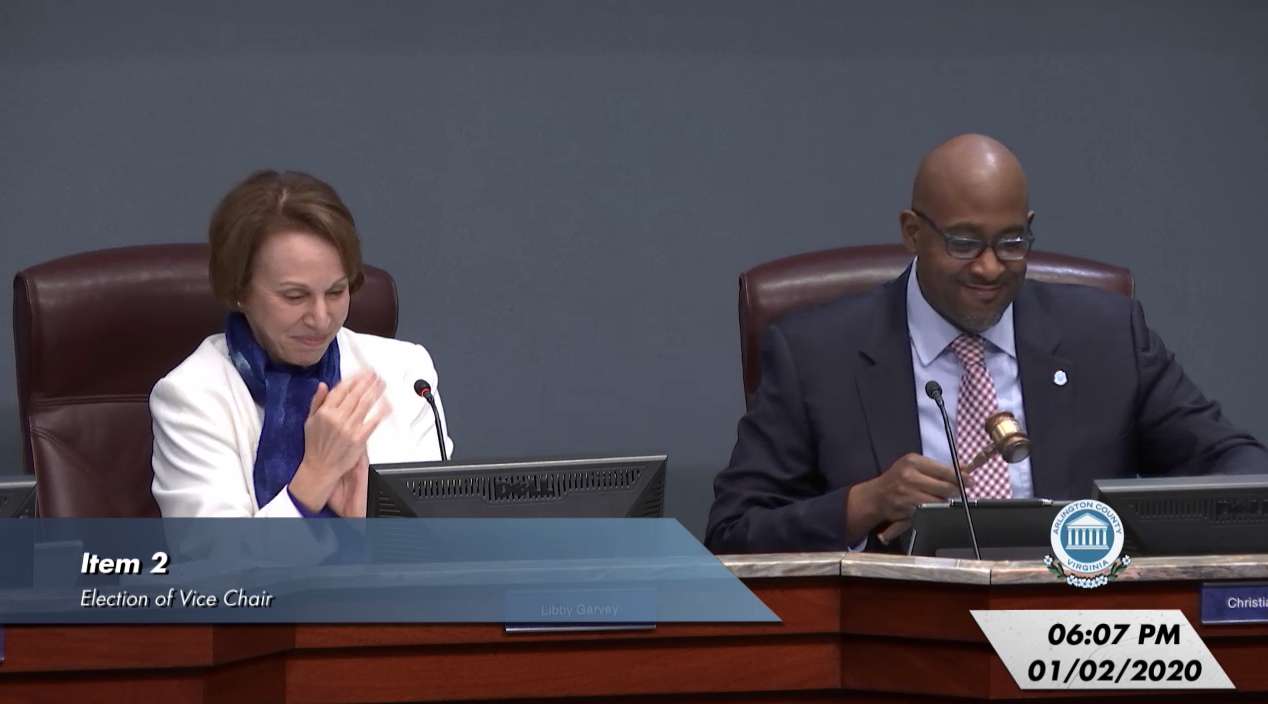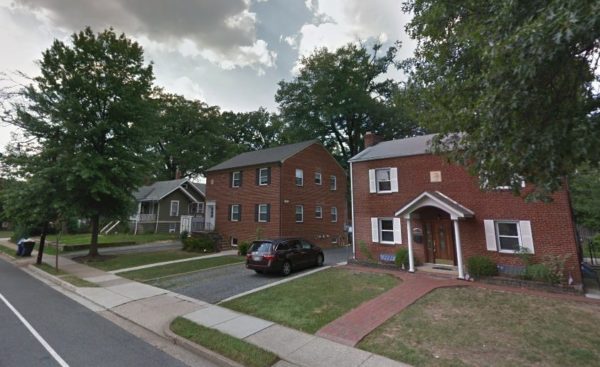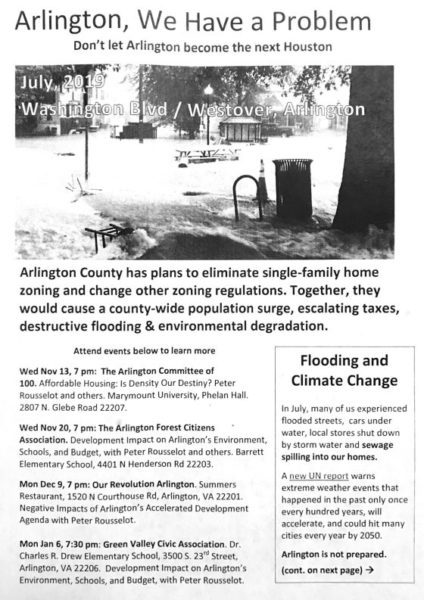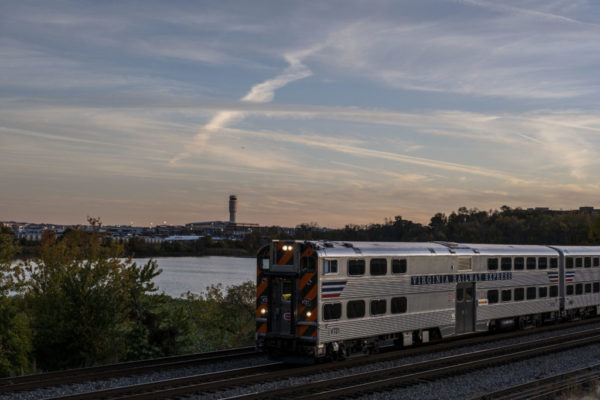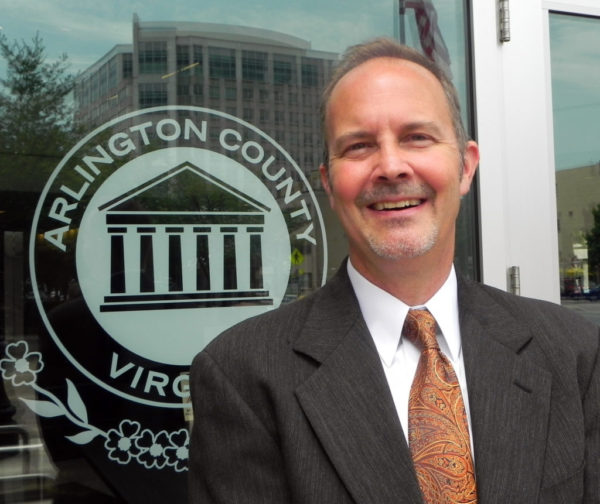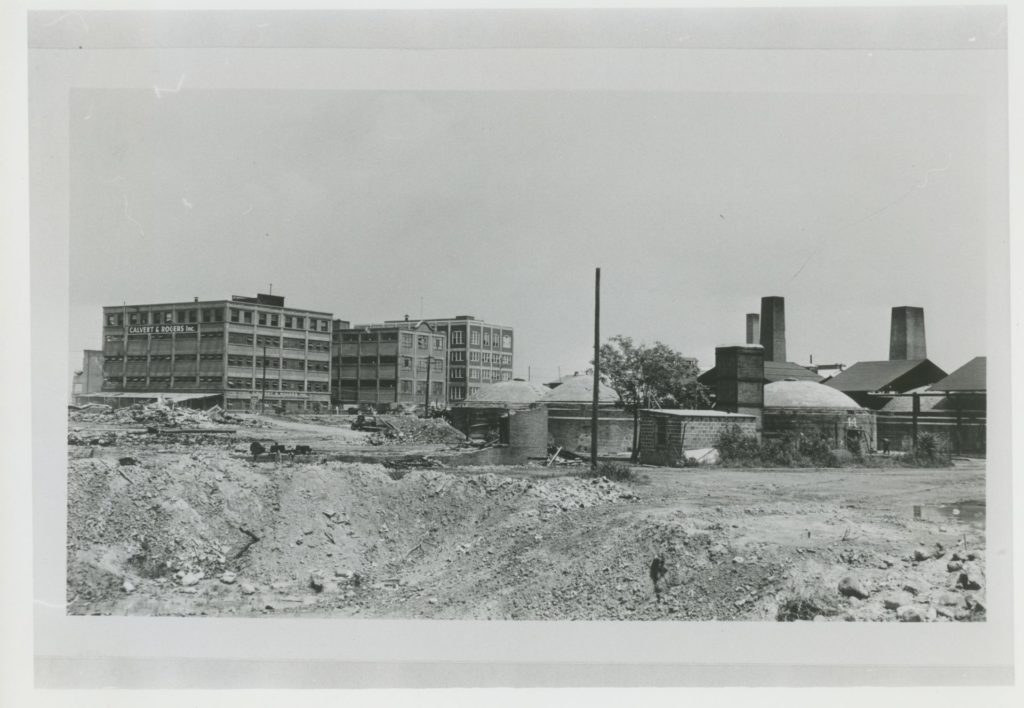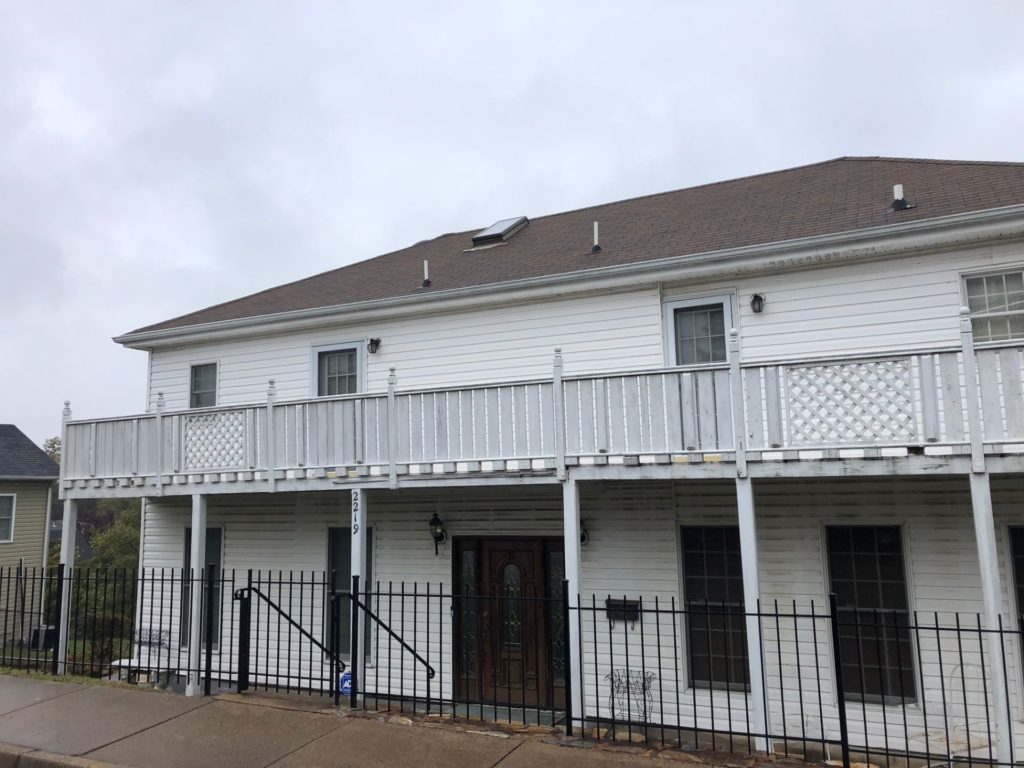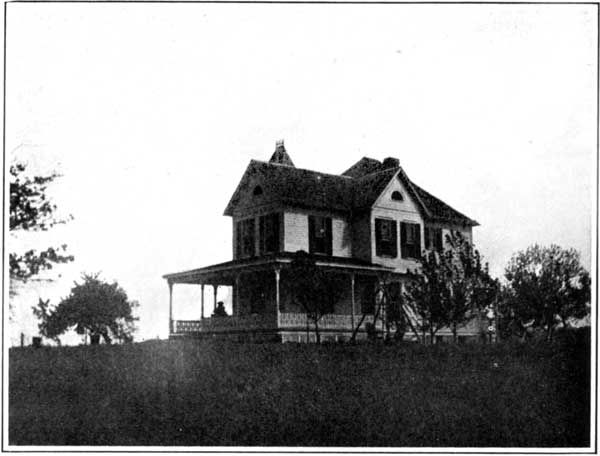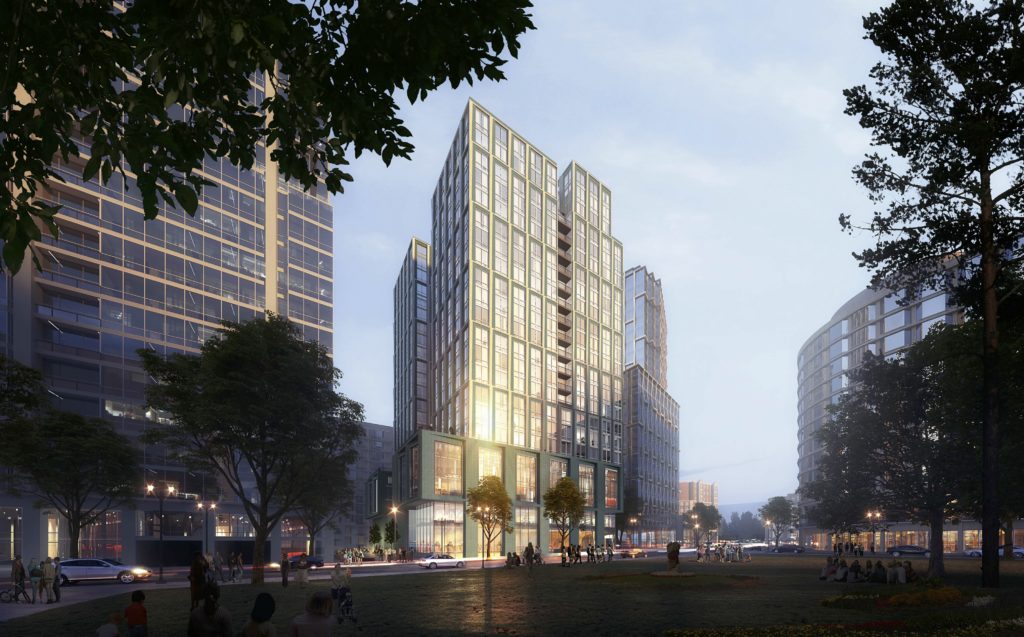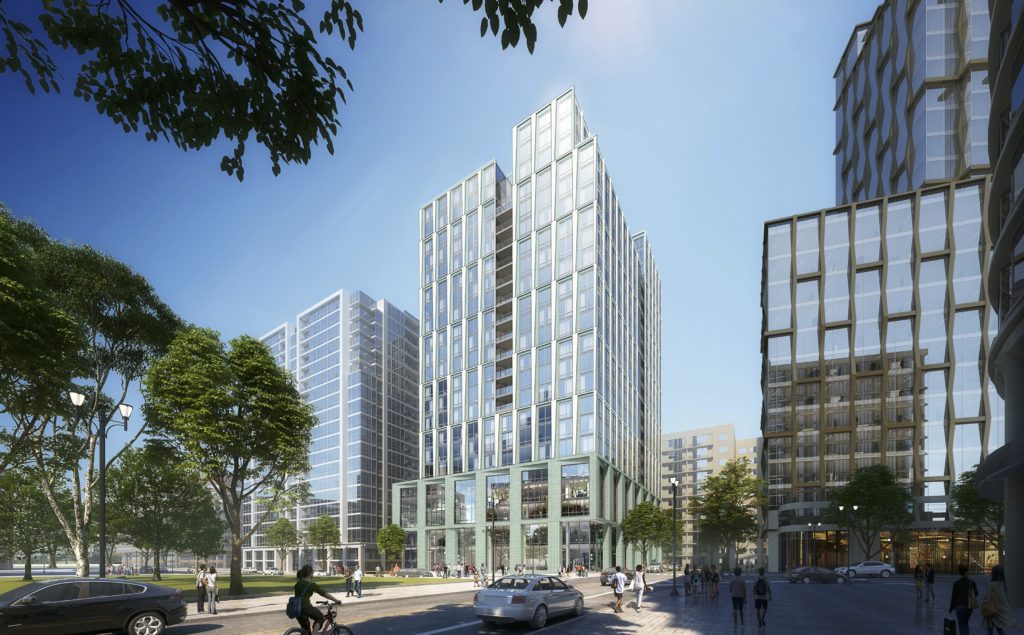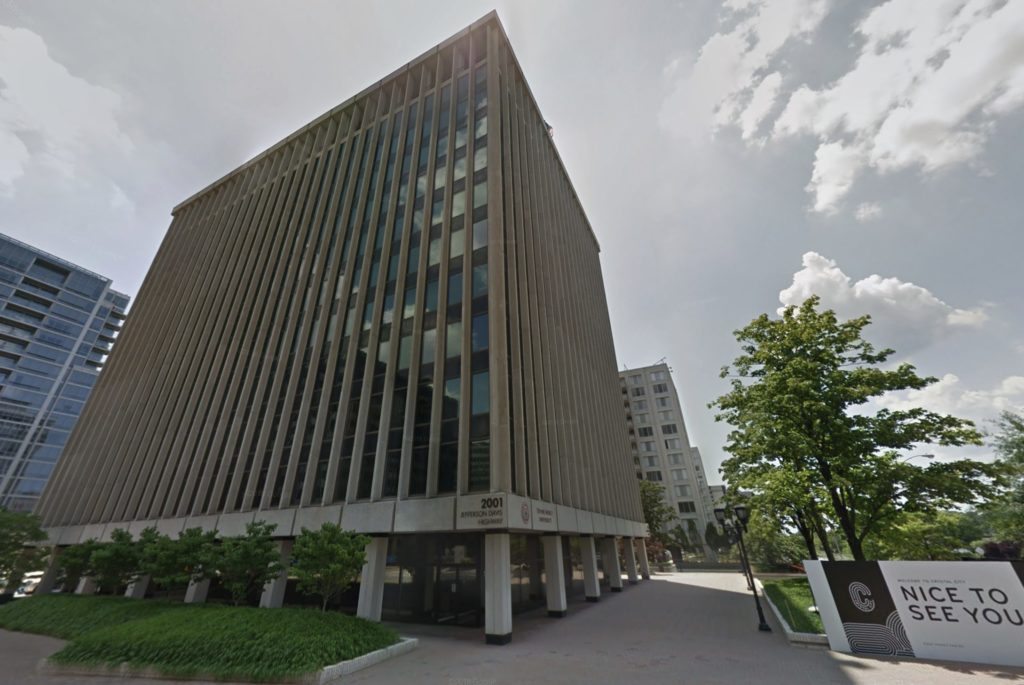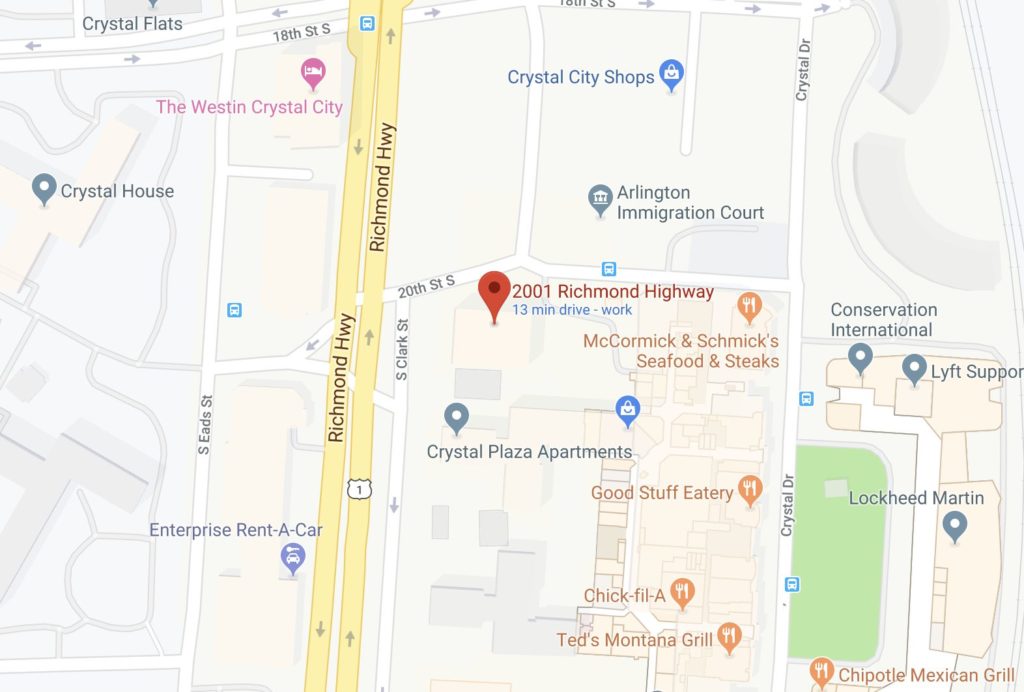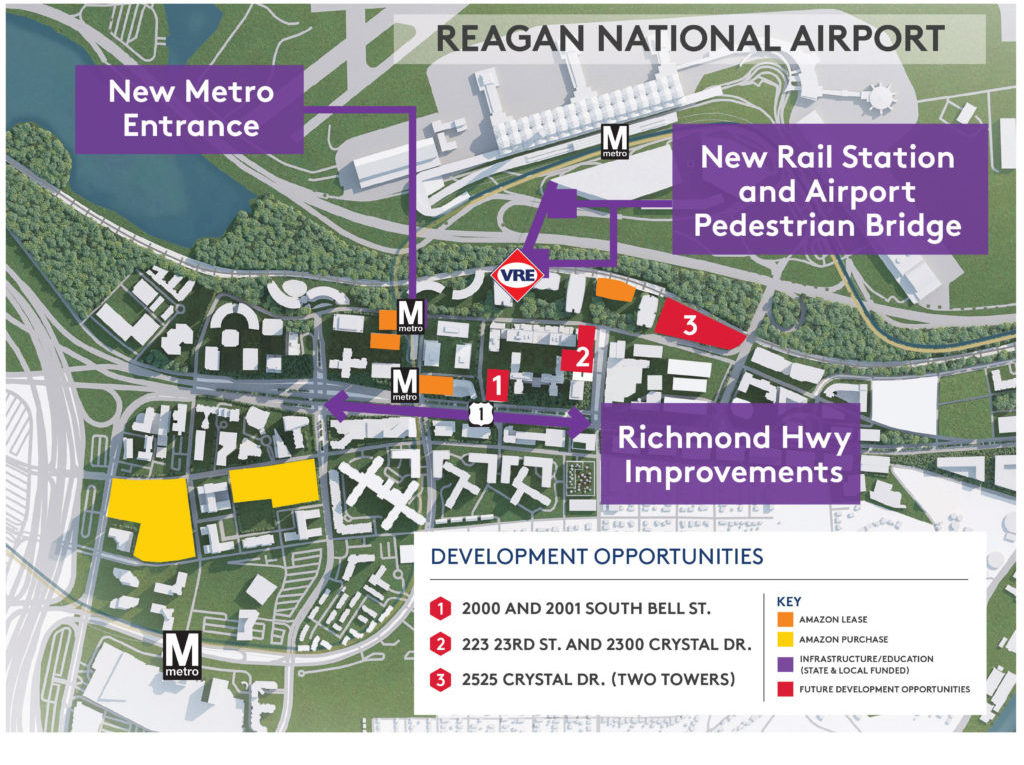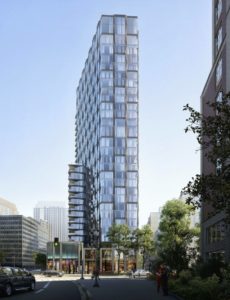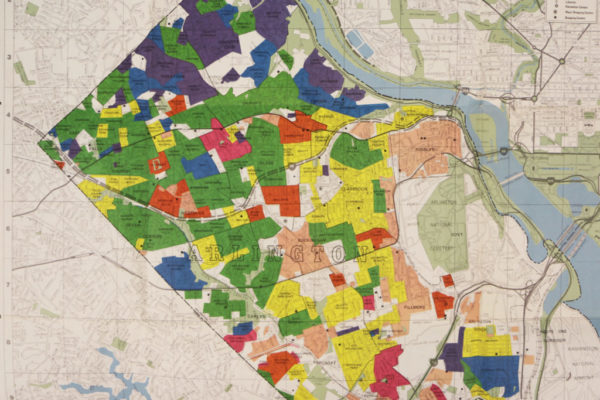Trash Collection Cancelled — Updated at 8:55 a.m. — Trash and recycling collection is cancelled today, according to Arlington’s Dept. of Environmental Services. Christmas tree and brush collection will be completed as normal, however. [Twitter]
Rep. Beyer Calls for Peace — Rep. Don Beyer (D-Va.) tweeted the following after Iran’s airstrike on U.S. military bases in Iraq — a response to the U.S. killing of a top Iranian general: “De-escalate. Exercise diplomacy. Talk. Listen. Give peace a chance.” [Twitter]
Civ Fed Worries About Upzoning — “‘None of us are interested in destroying all our single-family neighborhoods,’ new County Board Chairman Libby Garvey said during the board’s Jan. 2 meeting with the Arlington County Civic Federation… At the forum, Garvey promised that the Civic Federation would play an integral role in any civic-engagement process that transpires in coming months. She reiterated the board’s position that zoning changes are not a done deal.” [InsideNova]
Board Defends Amazon’s Housing Contribution — “Arlington County Board members are defending their decision to trade additional office-building density for affordable-housing funding, but the decision provoked tension with some delegates to the Arlington County Civic Federation. Meeting with board members on Jan. 2, several federation members asked why the county government had decided to allocate all the $20 million contribution from Amazon to affordable-housing efforts.” [InsideNova]
Marijuana Possession Cases Dismissed — In court Tuesday, Arlington’s new top prosecutor successfully sought for judges to dismiss charges against those charged with simple marijuana possession. [Twitter]
Police Investigate Pike Robbery — A portion of westbound Columbia Pike was shut down near S. Glebe Road early Tuesday morning while police investigated a robbery. An ACPD spokeswoman told ARLnow that a victim was robbed and suffered minor injuries; no weapon was involved in the robbery. [Twitter]
New Coworking Space Coming to Crystal City — “Hana is coming to Greater Washington, and it’s going to be neighbors with HQ2. CBRE Group has picked a Crystal City office building to serve as the first East Coast location of its flexible space concept, named after the Hawaiian word for work.” [Washington Business Journal]
Local Pawn Shop Helps Return Lost Ring — “Mary Nosrati, a certified gemologist who works at a pawnshop in Arlington, Va., likes to say that every diamond has a story. This is the story of Marsha Wilkins’s diamond, of how it was lost and how it was found.” [Washington Post]


